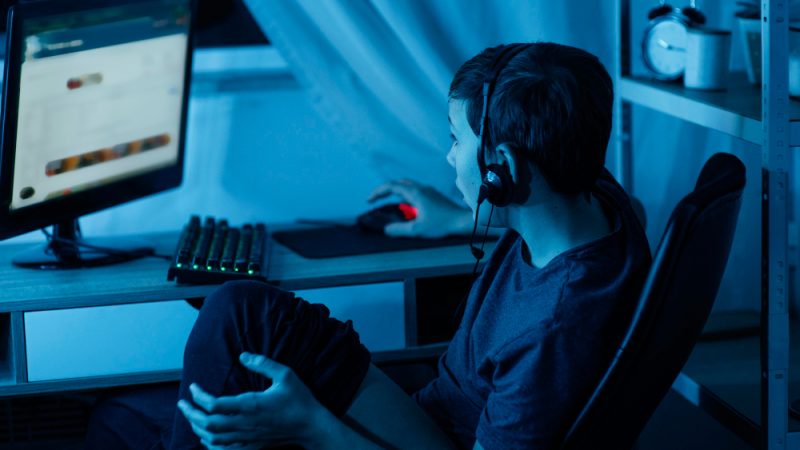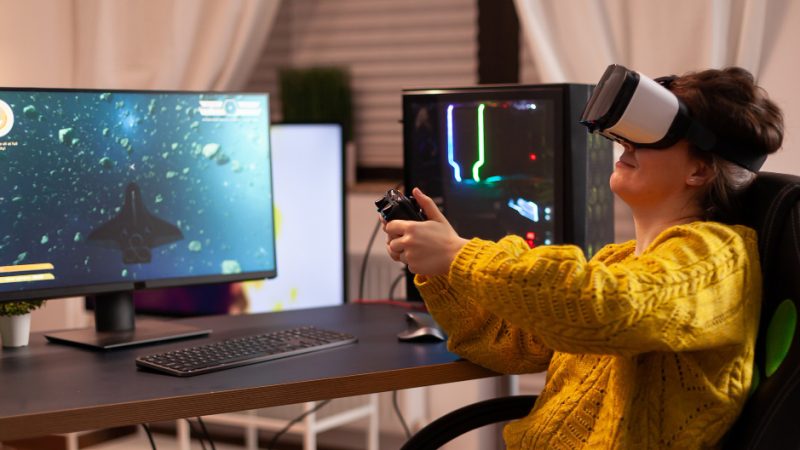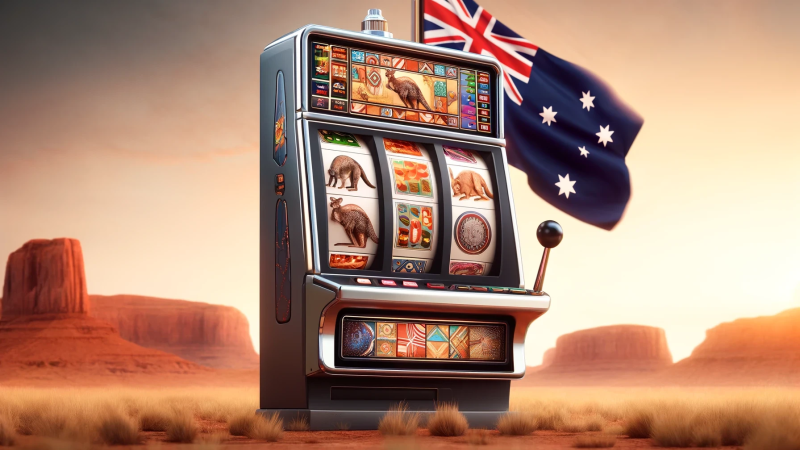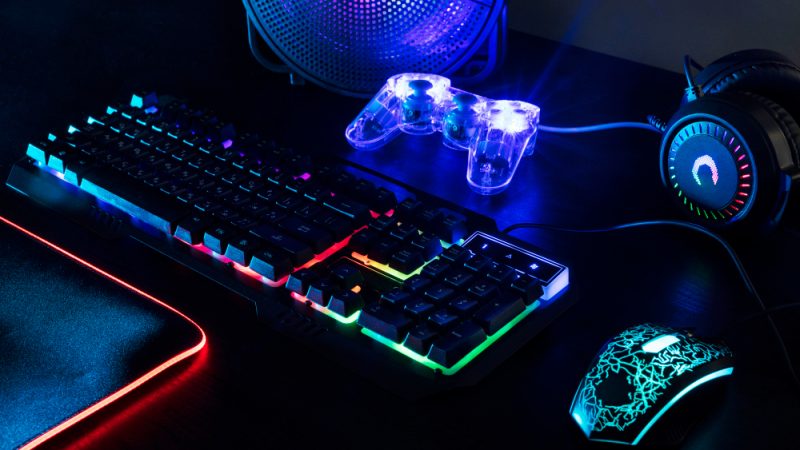Fashion Meets Gaming: The Rise of a Powerful Collaboration
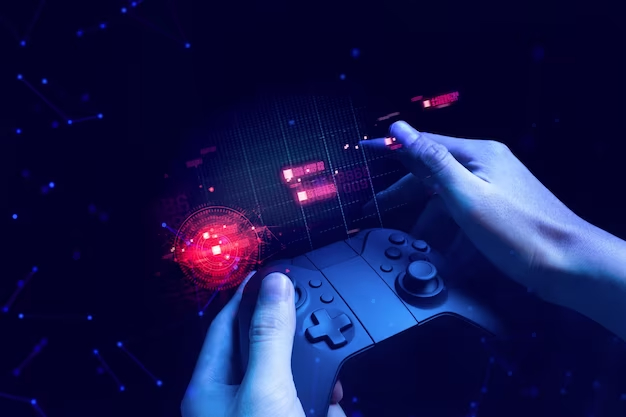
The worlds of fashion and gaming have collided in a stunning and unexpected way, creating a fusion that has captivated fashion-conscious gamers worldwide. Major fashion houses like Gucci, Louis Vuitton, and Balenciaga have ventured into the realm of video games, integrating their brands and designs into popular gaming franchises. This collaboration has opened up new avenues for advertising and brand exposure, attracting the attention of a vast and diverse audience of gamers.
A Fashionable History in Gaming
The concept of fashion and video games intertwining is not as new as one might think. As early as 2007, fashion brands began to make their mark in the gaming world. EA’s The Sims 2 released the H&M Stuff Pack, featuring H&M branded clothing that players could dress their virtual characters in. This early example showcased the potential for fashion brands to reach gamers through in-game collaborations.
Over the years, fashion brands have continued to collaborate with game developers, finding innovative ways to integrate their brands into existing games. The Sims franchise, in particular, has been a long-time collaborator with popular fashion brands. From the H&M Stuff Pack in 2007 to the more recent Moschino Stuff Pack in 2019, The Sims has provided a platform for fashion brands to showcase their designs to a massive gaming audience.
The Appeal of In-Game Advertising
The decision for fashion brands to advertise in video games is not a random one. Gaming has a global audience of over 3.2 billion people, ranging from casual mobile gamers to devoted PC and console players. The younger generation, in particular, relies heavily on gaming as their main source of entertainment and socialization, surpassing traditional media platforms such as CTV and OOH.
The COVID-19 pandemic further accelerated the shift towards digital advertising in gaming. With lockdowns forcing people to stay at home, fashion brands had to find new ways to reach their audiences. Gaming provided a unique opportunity to connect with fashion-conscious gamers who were seeking entertainment and escapism during uncertain times.
Research has shown that a significant percentage of gamers, especially in the US, follow fashion brands and influencers. Many of these gamers are luxury consumers who actively purchase high-end fashion products. Recognizing this untapped market, fashion brands saw the potential in collaborating with game developers to prominently feature their brand within the gaming experience.
The Metaverse: A Gateway to Fashion’s Future
The rise of the metaverse has further fueled the collaboration between fashion and gaming. The metaverse offers fashion brands the opportunity to reach a vast and socially-savvy audience of gamers worldwide. Platforms like Roblox, with its millions of daily active users, have become virtual playgrounds for fashion brands to showcase their collections and engage with potential customers.
Gucci’s Gucci Garden Experience in Roblox and American Eagle’s AE Clubhouse in Livetopia are prime examples of fashion brands leveraging the metaverse to promote their products and connect with CyberGhost gamers. These immersive experiences allow brands to establish long-lasting relationships with their target audience, meeting them where they spend a significant amount of their time.
As gaming platforms and metaverse technology continue to evolve, fashion brands will find a new home on the virtual catwalk of gaming. The integration of fashion into the metaverse presents endless possibilities for creativity and innovation. Fashion brands can transcend the limitations of physical clothing, offering virtual outfits that break the rules of texture, form, gravity, and functionality.
In-Game Advertising: A Win-Win Collaboration
The emergence of in-game advertising provides fashion brands with a flexible and cost-effective way to reach gamers. In-game ads, specially designed to blend seamlessly into the gaming environment, allow brands to feature their products without disrupting the gameplay experience. This form of advertising enables fashion brands to target specific games, genres, and audiences, expanding their reach beyond traditional media channels.
Levi’s, the internationally-renowned denim clothing brand, experienced great success with in-game advertising. By leveraging Anzu’s in-game ad solution, Levi’s promoted its 501 Jeans range across multiple popular games, including Trackmania, Tennis Clash, and Gravity Rider Zero. The results were impressive, with a 6% increase in brand consideration and a 16% increase in brand ad recall among premium jeans purchasers.
With more fashion brands achieving success through in-game advertising, it is clear that this collaboration is just scratching the surface of its potential. As technology and advertising strategies continue to improve, we can expect to see even more innovative and successful campaigns from fashion brands in the gaming world.
The Power of Personalization
One of the driving factors behind the collaboration between fashion and gaming is the desire for personalization. Gamers want their virtual characters to reflect their own style and personality. Customization options, including virtual cosmetics such as clothing, hair, and makeup, have become essential features in many games.
Dead by Daylight, a survival-horror game, offers players the opportunity to dress their characters in fabulous outfits as they navigate through terrifying situations. Hawaiian shirts, grungy streetwear pieces, and even sequined gowns and heels are just a few of the fashion choices available to players. The demand for these virtual cosmetics has grown exponentially, prompting game developers to dedicate specific resources to the creation of unique and stylish outfits.
Fashion brands have seized this opportunity to collaborate with gaming platforms and deliver exclusive virtual outfits. Fortnite, in particular, has been at the forefront of the fusion between high fashion and gaming. Collaborations with celebrities like Ariana Grande and brands like Balenciaga have allowed players to dress their characters in iconic designs, blurring the lines between the real and virtual worlds.
The Future of Fashion and Gaming
The fashion-gaming collaboration is a trend that shows no signs of slowing down. As gaming continues to attract a diverse and dedicated audience, fashion brands will continue to find new ways to connect with gamers. The appeal of virtual cosmetics and the potential for personalization provide a unique opportunity for fashion brands to showcase their designs and engage with a highly receptive audience.
The metaverse, with its immersive virtual environments, will play a significant role in the future of fashion and gaming. Fashion brands will increasingly explore this digital landscape, creating virtual experiences that transcend the limitations of physical clothing. The boundaries between fashion and gaming will blur even further, resulting in a new era of creative expression and collaboration.
In conclusion, the collaboration between fashion and gaming has proven to be a powerful alliance. Fashion brands have recognized the immense potential of reaching gamers through in-game advertising and virtual cosmetics. As the gaming industry continues to thrive and the metaverse expands, we can expect to see further innovation and creativity in the intersection of fashion and gaming. The future holds exciting possibilities for fashion brands to showcase their designs and connect with a global audience of fashion-conscious gamers.

